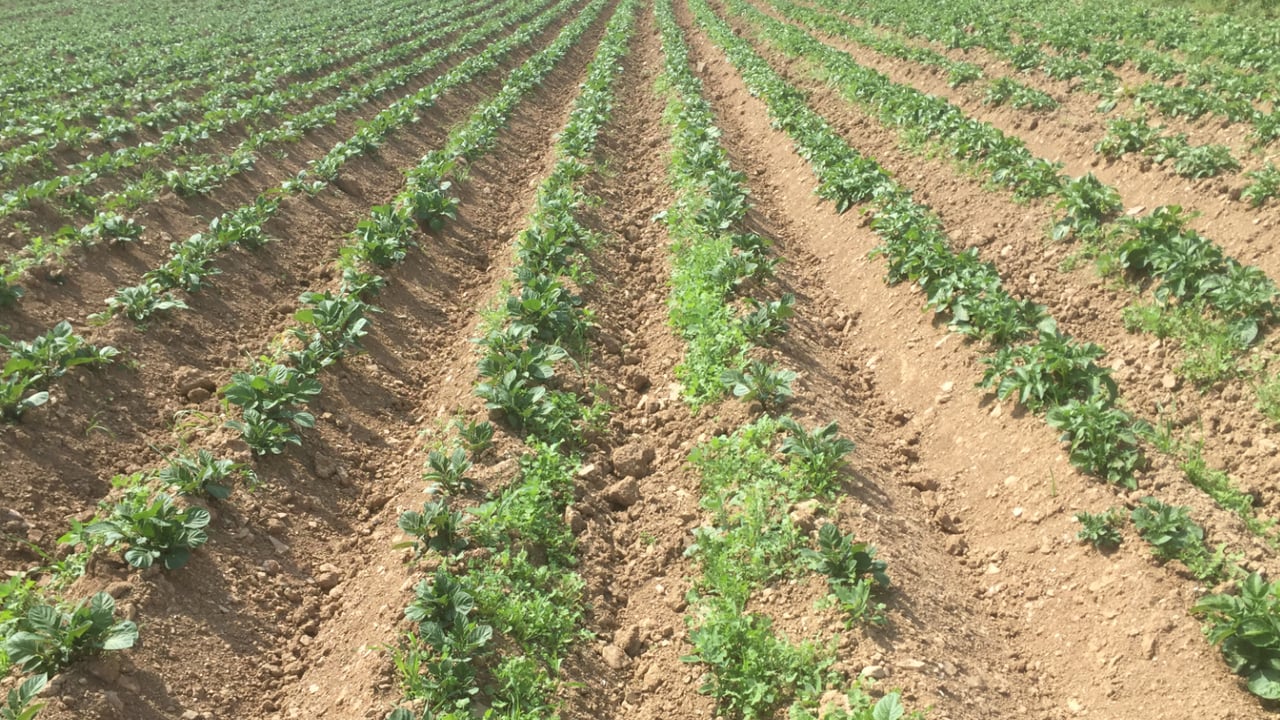Potato blight advice: Remove badly affected areas of crop
In cases of potato crops being badly impacted with blight, growers may have no choice but to totally remove infected areas of fields.
According to Teagasc potato specialist, Dr. Stephen Kildea, fungicides may take out most of the infection for now. But residual levels of infection will only act to ensure the fast re-emergence of the disease at some future date.
“Product choice is also critically important from a blight control point of view in this type of scenario," he explained.
“Crops impacted by blight must be maintained within a very tight spraying interval. And it’s very much a case of treating the whole crop, not just the patch where the initial problem had been identified.”
But rather than have to physically treat outbreaks of blight, the plan from the very start should be to manage crops in ways that prevent the disease from getting a foot hold in the first place.
Commenting on the range of fungicide products available to control blight in potatoes, Kildea confirmed issues that had arisen around the efficacy of fluazinam.
This is an active ingredient, which is contained in a number of commercially available products.
“In the trials that we have carried out over the last two years, plots sprayed with fluazinam did not receive the level of blight protection that we would have expected, Kildea said.
According to Kildea a strain of blight, 37A2, has emerged – initially in Europe, but now in Ireland. It seems to have reduced sensitivity to fluazinam.
“We picked the problem up in 2019. Samples were sent in to us from farmers.
“The consequences of this are important. Fluazinam was a very popular blight fungicide with growers.
“Critically, it was used by commercial growers at end of season. We have lost this now. It is just too risky to use as it gave blight control across both foliage and growing tubers.”

